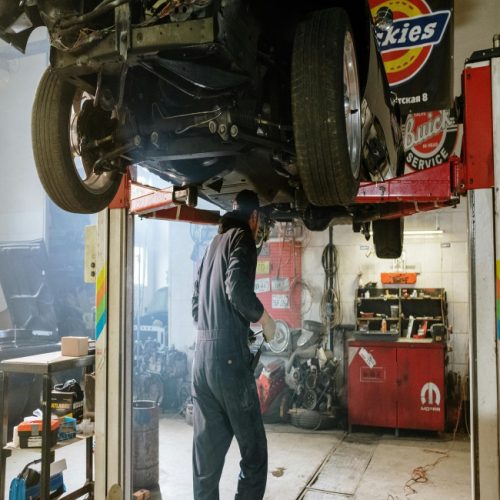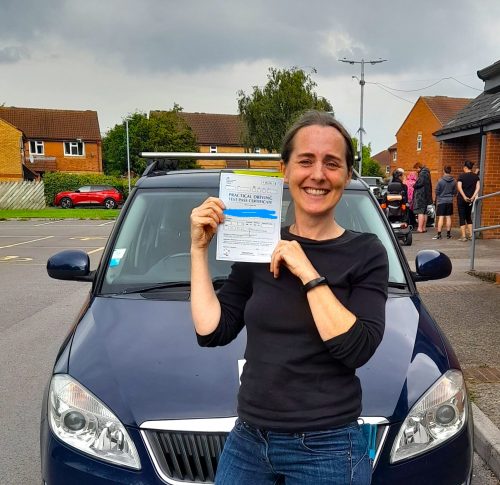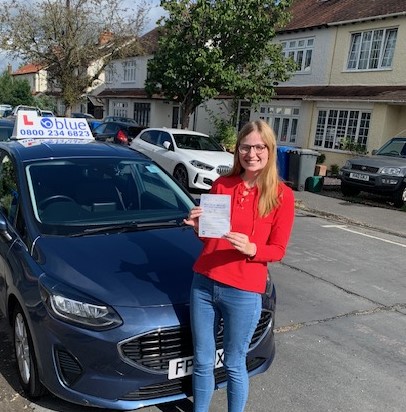
Vital Tips Every Defensive Driver Should Know
Posted in: Driving Tips, News.

Defensive driving is a crucial skill to have, especially as a first-time driver. Statistics in the UK show that this group of drivers is listed among the top five causes of road incidents. With a 49.3% pass rate, there’s no doubt that many people behind the wheel have much to learn. With these statistics in mind, the last thing you want is to have an unpleasant experience on the road or inconvenience other road users. The tips below are worth keeping in mind as a defensive driver.
1. Anticipate other drivers’ actions
Anticipating other drivers’ actions is one of the most important defensive driving techniques to learn. By paying attention to other road users’ behaviour and movements, you can anticipate potential hazards and take steps to avoid them. That means being aware of other drivers’ speeds, directions, and body language and using this information to make critical driving decisions. For example, if you see a driver who appears distracted due to phone texting, you should slow down and give them plenty of space. Doing this allows you to reduce the risk of an accident while ensuring your safety and that of others. Similarly, if you notice someone driving erratically or aggressively and is tailgating or cutting in and out of lanes, it’s best to give them a wide berth. You can stay one step ahead and be the one with the calmer head by anticipating the actions of other drivers. Although you may easily have access to car accidents lawyers in case of an accident, the best thing is to reduce your risks in the first place.
2. Always maintain a safe distance.
A good rule of thumb for determining a safe following distance is the “two-second rule.” This rule states that you should keep at least a two-second distance between your vehicle and the one in front of you. You can use a fixed object on the road, such as a bridge or a sign, to determine this distance and count the time it takes for your vehicle to pass the object once the vehicle in front of you has driven past it. If it takes you less than two seconds, you are following too closely and should slow down. Remember that safe following distance can vary depending on road conditions, weather, and vehicle speed. In bad weather or poor road conditions, increasing your following distance is best to ensure that you have enough reaction time if something untoward happens. Many rear-end collisions happened because first-time drivers forgot about the two-second rule.
3. Know when to yield
Knowing when to yield is a critical defensive driving technique that every first-time driver like yourself should learn. Yielding means giving the right of way to other drivers who, under the road traffic regulation, must proceed before you. This step helps prevent accidents and reduces the risk of collisions. Yielding also promotes a safe and orderly flow of traffic, which can limit the occurrences of road rage and frustration. According to a survey of first-time drivers, few understand yielding rules in different driving scenarios. For example, you must come to a complete halt at a stop sign and give the right of way to any vehicle that has approached the intersection before you. At a roundabout, vehicles entering must yield to cars already there.
Meanwhile, at a pedestrian crossing, you must stop and yield to people crossing the road. When merging onto a highway, it is necessary to give the right of way to vehicles already accessing it. When they have passed, and there is enough space, then you can join. Yielding is more than a driving law. It’s also a matter of courtesy.
Tags: Vital Tips Every Defensive Driver Should Know










